Top 20 Best AI Platforms in 2025

Artificial Intelligence (AI) is driving a new era of digital innovation in 2025. From design and automation to translation and video editing, AI platforms are revolutionizing how individuals and businesses operate.
This curated guide presents the Top 20 AI Platforms of 2025, exploring their unique features, key use cases, and why they stand out in today’s competitive AI ecosystem.
1. Canva
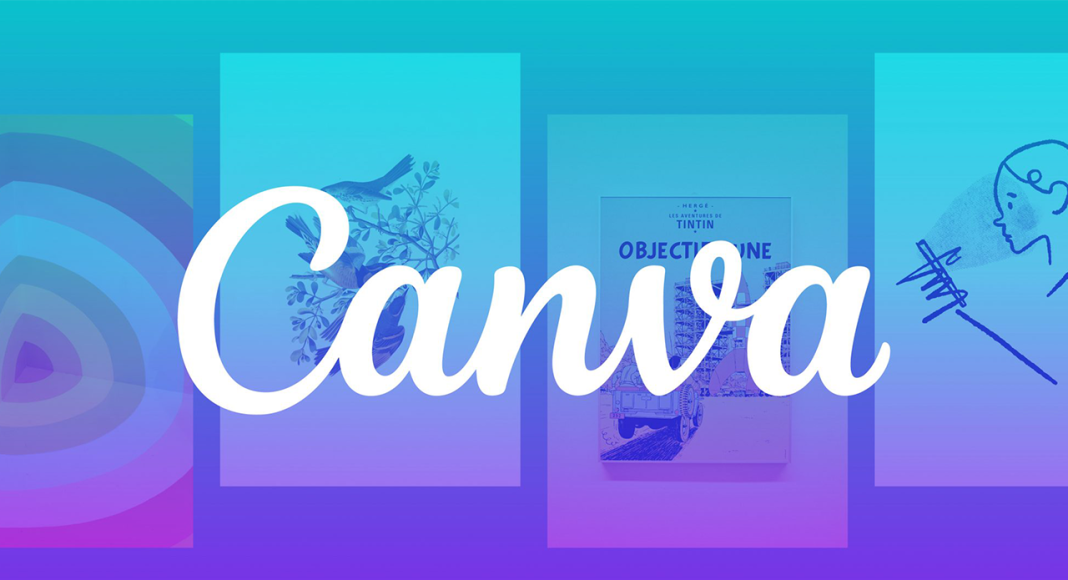
Canva leads the AI design revolution with over 263 million monthly users. Its Magic Studio combines AI-driven features for designing, writing, and editing, allowing users to create stunning visuals with ease.
Key Features:
- AI-powered design suggestions and auto-layouts
- Magic Write, Magic Edit, Magic Design
- Collaboration tools for teams
- Integrated brand kits and media libraries
Use Cases: Social media content, presentations, marketing materials, education.
2. DeepL

Renowned for its accuracy and context awareness, DeepL delivers high-quality AI translations in 31 languages. Its DeepL Write tool enhances grammar and style for professionals.
Key Features:
- Neural machine translation
- AI-powered writing assistance
- Developer-friendly API
- Data privacy and encryption
Use Cases: Document translation, global communication, localization, academia.
3. ChatGPT (OpenAI)

With 546 million monthly users, ChatGPT (powered by GPT-4o) offers advanced natural language processing for tasks like content creation, coding, and tutoring.
Key Features:
- Conversational AI with memory
- Code generation and debugging
- Content creation and summarization
- App and plugin integrations
Use Cases: Writing, customer service, education, software development.
4. QuillBot

QuillBot simplifies writing with paraphrasing, summarizing, and grammar correction tools, making it a favorite among students and writers.
Key Features:
- Multiple paraphrasing modes
- Grammar and plagiarism checks
- Citation generator
- Integrations with Chrome and Word
Use Cases: Academic writing, research, SEO, editing.
5. Remove.bg

Remove.bg automates background removal from images with a single click. With 43 million users, it’s indispensable for e-commerce and design professionals.
Key Features:
- Instant background removal
- Batch processing support
- High-resolution downloads
- API for business automation
Use Cases: Product listings, photo editing, ad creatives, social media.
6. Google Gemini
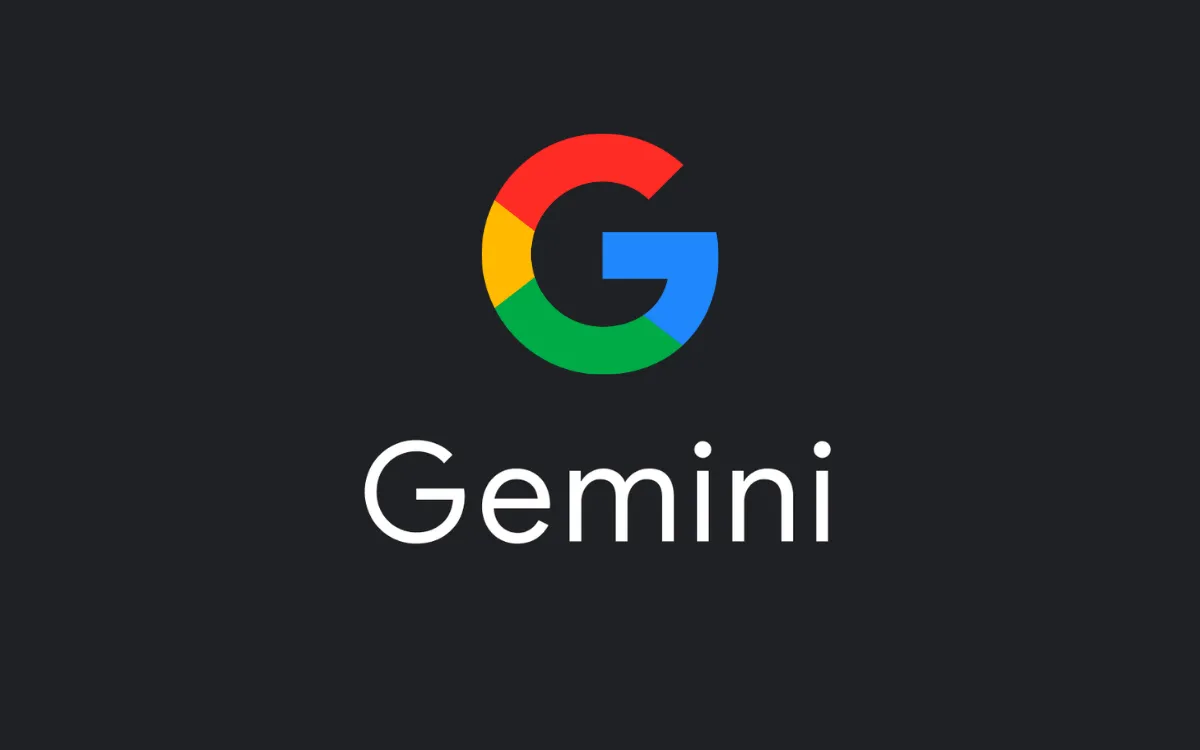
Gemini, formerly Bard, is Google’s multimodal AI assistant, blending text, image, and code generation.
Key Features:
- Multimodal input/output
- Google Workspace integration
- High reasoning and summarization
- API and developer tools
Use Cases: Research, productivity, app development, education.
7. Grammarly
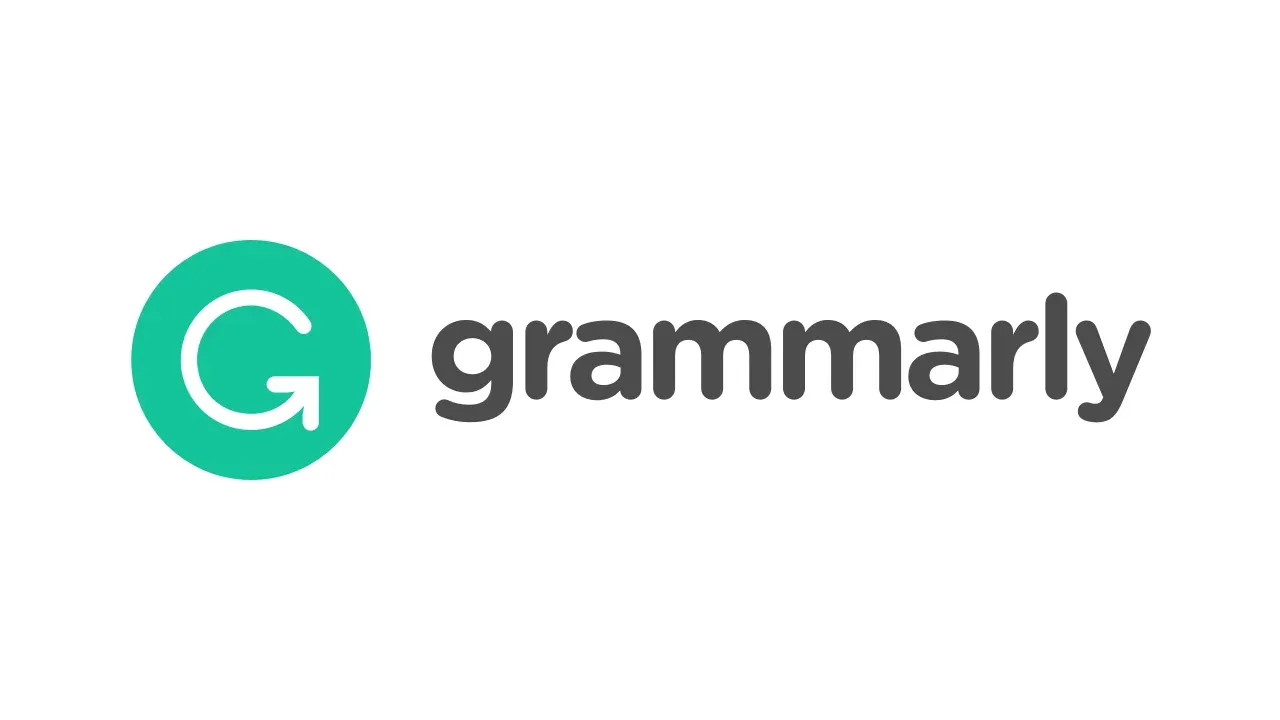
Grammarly uses AI to improve writing clarity, tone, and correctness, offering seamless integration across platforms.
Key Features:
- Real-time grammar and tone suggestions
- Plagiarism detection
- Cross-platform extensions
- Writing insights and analytics
Use Cases: Professional emails, academic writing, content editing.
8. Character.AI

Character.AI lets users create and chat with custom AI characters, enhancing entertainment and learning experiences.
Key Features:
- Personalized AI avatars
- Storytelling and role-play
- Safe and moderated chats
- Community-driven characters
Use Cases: Creative writing, language learning, virtual companionship.
9. Quizizz

Quizizz gamifies learning with AI-generated quizzes and real-time feedback, used by over 15 million learners.
Key Features:
- AI-driven question creation
- Gamified assessments
- Real-time analytics
- Integrates with EdTech platforms
Use Cases: K–12 education, employee training, online learning.
10. Zapier
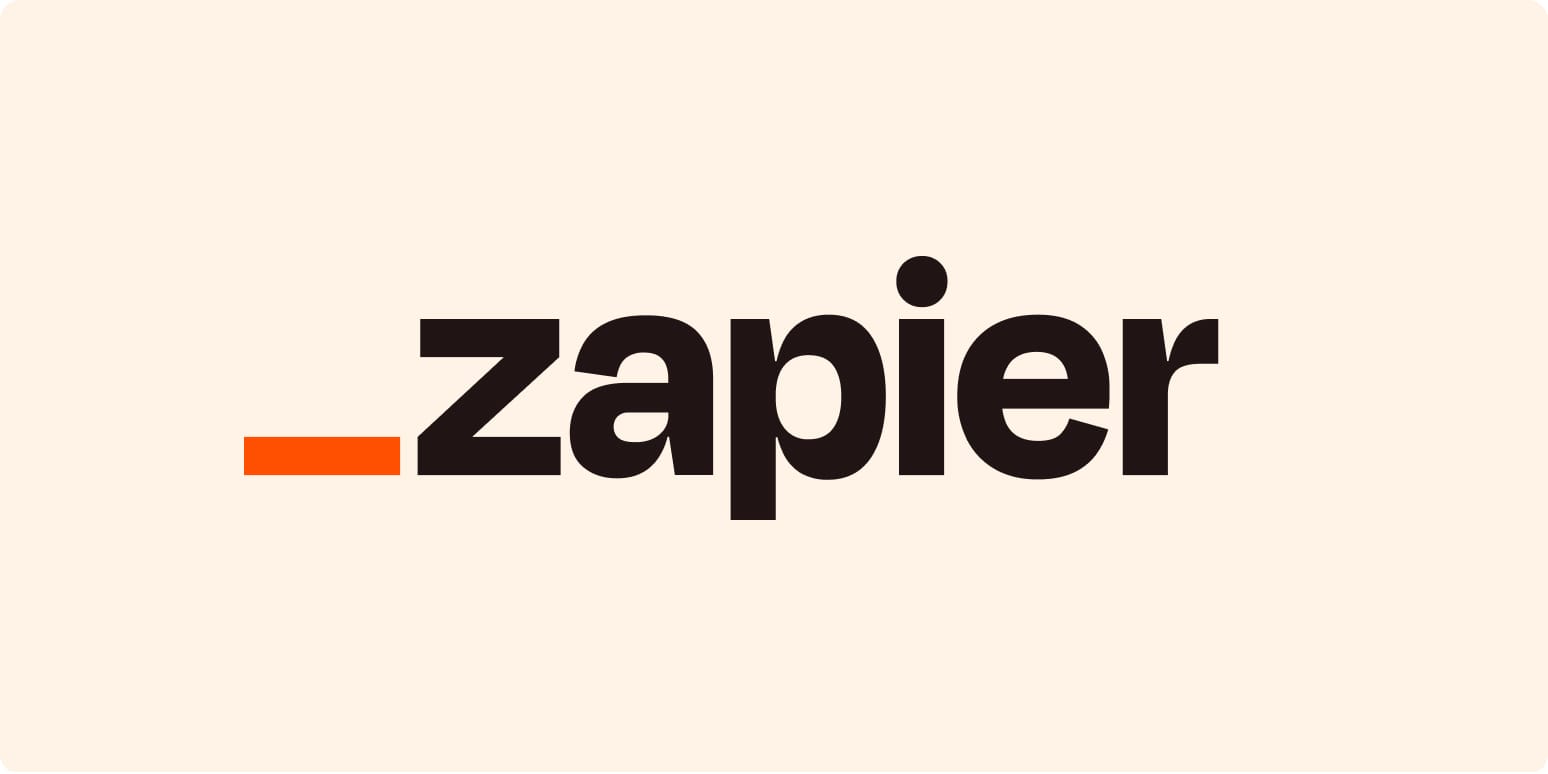
Zapier automates workflows using AI to build and suggest Zaps, enabling time-saving automations without coding.
Key Features:
- AI-based automation builder
- 6,000+ app integrations
- Multi-step logic and filters
- Cross-app data handling
Use Cases: Business automation, marketing workflows, data syncing.
11. Microsoft Copilot
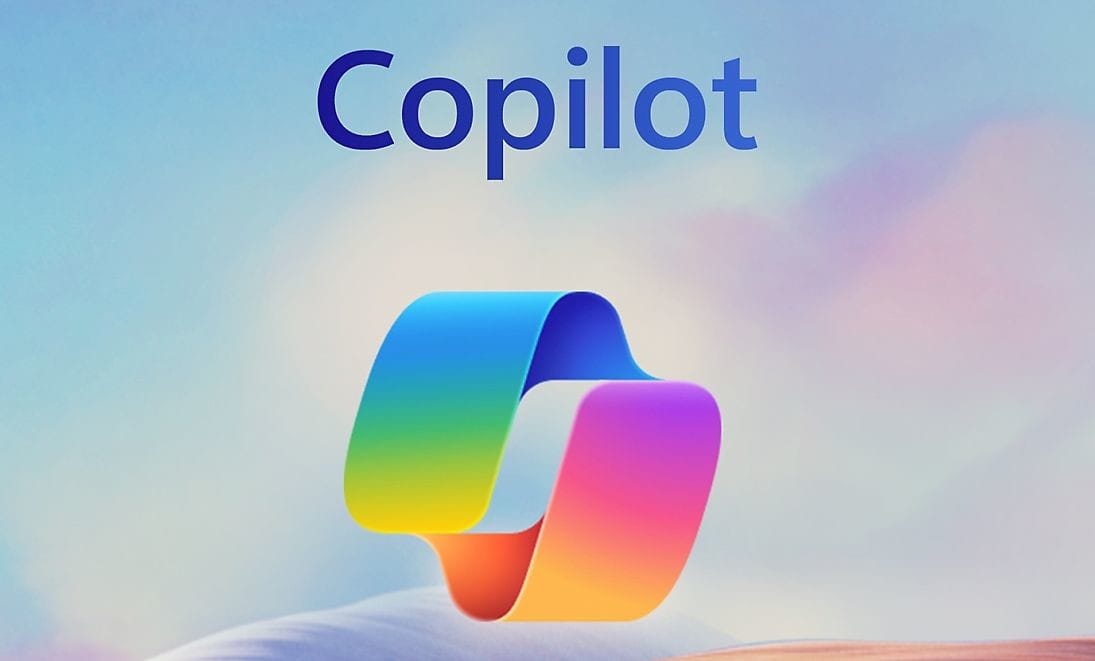
Integrated into Microsoft 365, Copilot boosts productivity using AI for writing, summarizing, and data analysis.
Key Features:
- AI writing in Word and Outlook
- Data insights in Excel
- PowerPoint deck generation
- Context-aware assistance
Use Cases: Office productivity, business analytics, enterprise automation.
12. CapCut

CapCut is the go-to platform for AI video editing, with tools like auto-captions and effects for creators.
Key Features:
- One-click editing tools
- Background removal
- Filters, transitions, auto-subtitles
- Mobile + desktop access
Use Cases: TikTok/Instagram reels, brand videos, educational content.
13. DeepAI

DeepAI offers developer-friendly APIs for AI tasks like text generation, sentiment analysis, and image enhancement.
Key Features:
- Prebuilt models via API
- Text and image generation
- Custom AI model integration
- Easy API docs
Use Cases: AI development, prototyping, research, automation.
14. Perplexity AI
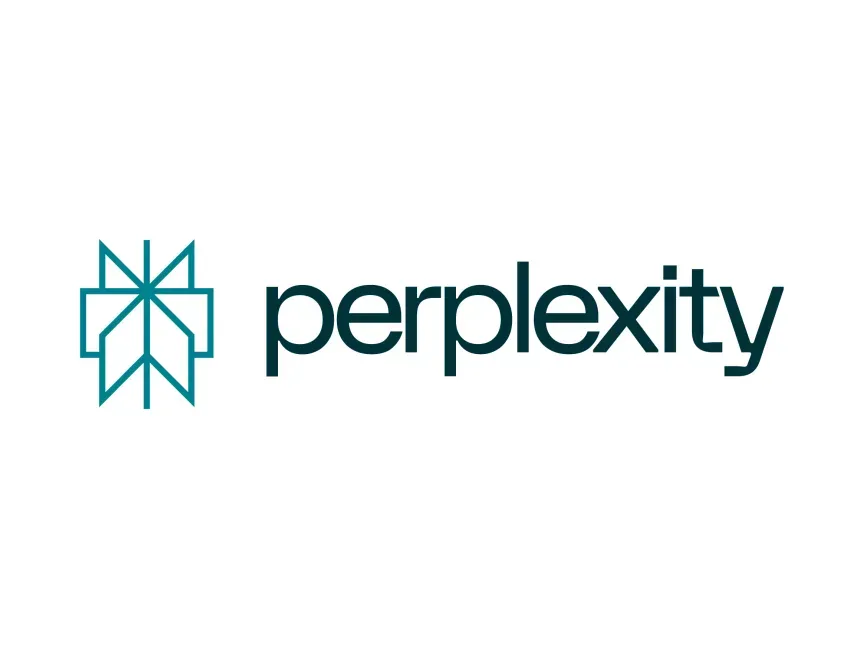
Perplexity AI is a search engine powered by LLMs, answering queries with citations and summaries.
Key Features:
- Real-time, cited answers
- Multi-model support
- Contextual conversation
- Live web data retrieval
Use Cases: Research, learning, fact-checking, content discovery.
15. Hugging Face

Hugging Face is the open-source hub for AI models, with tools like Transformers and Spaces to deploy AI apps.
Key Features:
- Model and dataset hosting
- Transformers library
- Community projects
- Spaces for live demos
Use Cases: AI R&D, app deployment, NLP tasks, education.
16. Poe
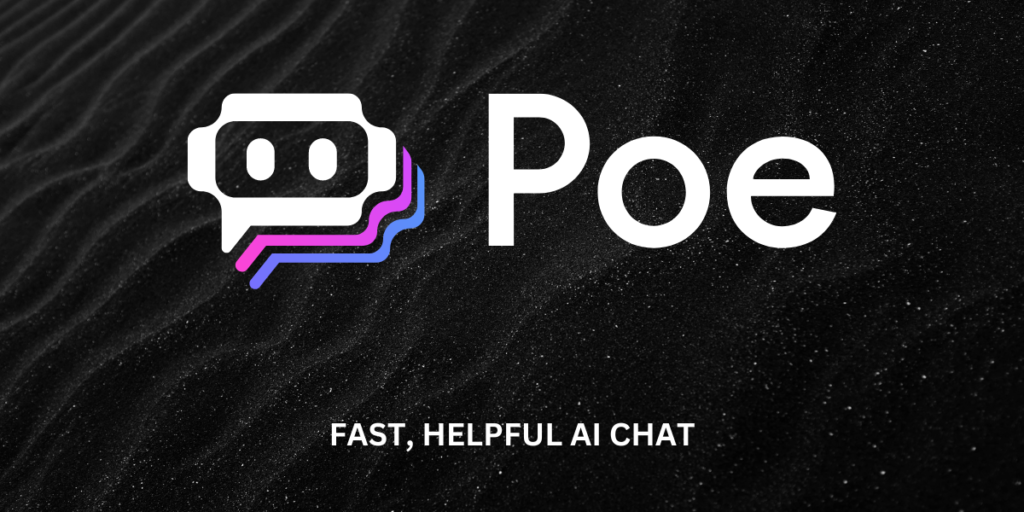
Poe aggregates multiple AI models (GPT-4, Claude, etc.) in a single chat interface.
Key Features:
- Switchable LLMs
- Unified conversation UI
- Custom bot building
- App and browser access
Use Cases: Exploration, multi-model testing, chat applications.
17. Suno

Suno generates AI music based on prompts, empowering creators and marketers to build custom soundtracks.
Key Features:
- Prompt-based song creation
- Genre and style controls
- Instant audio generation
- Commercial licensing
Use Cases: Music production, video ads, creative storytelling.
18. Claude (Anthropic)

Claude delivers safe, ethical conversational AI. Its new Sonnet 3.5/3.7 models are known for reasoning and reliability.
Key Features:
- Enterprise-grade AI assistant
- Long-context summarization
- Safe-by-design features
- API access
Use Cases: Business automation, creative writing, research.
19. ElevenLabs

ElevenLabs leads in realistic AI voice synthesis, offering multi-language support and emotional nuance.
Key Features:
- Voice cloning and synthesis
- Emotion/style controls
- Multilingual output
- API and studio tools
Use Cases: Audiobooks, dubbing, voiceovers, accessibility.
20. Midjourney

Midjourney generates AI art from text prompts, ideal for designers and creatives seeking rapid visual output.
Key Features:
- High-resolution image generation
- Stylized art control
- Discord-based interface
- Community showcase
Use Cases: Illustration, concept art, social graphics, NFTs.
Comparison Table: Top 20 AI Platforms in 2025
| Rank | Platform | Core Functionality | Monthly Users (approx.) | Notable Use Case |
|---|---|---|---|---|
| 1 | Canva | AI-powered design | 263M | Graphic design, presentations |
| 2 | DeepL | Translation, writing aid | 167M | Multilingual communication |
| 3 | ChatGPT | Conversational AI | 546M | Chat, content creation |
| 4 | QuillBot | Paraphrasing, writing | 65M | Academic, content rewriting |
| 5 | Remove.bg | Image background removal | 43M | E-commerce, design |
| 6 | Google Gemini | Multimodal chatbot | 60M (web+app) | Research, productivity |
| 7 | Grammarly | Writing enhancement | 38M | Editing, professional writing |
| 8 | Character.AI | AI personalities, chat | 32M | Entertainment, education |
| 9 | Quizizz | AI-powered learning | 15M | Education, training |
| 10 | Zapier | Workflow automation | 10M | Business automation |
| 11 | Microsoft Copilot | Productivity assistant | 9M | Office productivity |
| 12 | CapCut | Video editing | 8M | Social media, marketing |
| 13 | DeepAI | AI APIs for devs | 7M | App development, research |
| 14 | Perplexity AI | Conversational search | 6.6M | Research, fact-checking |
| 15 | Hugging Face | Open-source AI models | 5M | AI research, deployment |
| 16 | Poe | Multi-model chat | 3.7M | Chat, research |
| 17 | Suno | AI music generation | 3.3M | Music production |
| 18 | Claude | Conversational AI | 3M | Enterprise automation |
| 19 | ElevenLabs | Voice synthesis | 2.9M | Audiobooks, accessibility |
| 20 | Midjourney | AI art generation | 2.8M | Art, marketing |
Emerging Trends Among Top AI Platforms
- Multimodal Capabilities: Combining text, image, audio, and code for holistic solutions.
- Creativity Enablement: Tools like Midjourney and Suno empower non-artists to create.
- Automation at Scale: AI streamlining tasks across marketing, HR, education, and IT.
- Language Enhancement: Platforms like DeepL and Grammarly improving global communication.
- Developer Empowerment: Open-source APIs from Hugging Face and DeepAI democratizing innovation.
How to Choose the Right AI Platform
- Define Your Use Case – Do you need writing help, automation, design, or search?
- Check Integration – Ensure compatibility with your tools and ecosystem.
- Evaluate Scalability – Pick platforms that can grow with your needs.
- Prioritize Privacy – Look into data policies for sensitive or proprietary work.
- Compare Costs – Weigh free vs. premium tiers based on your required features.
Conclusion
The AI platforms dominating 2025 are reshaping industries, workflows, and creativity. Whether you're a startup founder, solo creator, educator, or enterprise leader, the tools on this list offer pathways to greater productivity, innovation, and impact.
As AI continues to evolve, staying informed about leading platforms ensures you remain ahead of the curve in a future powered by intelligent technology.